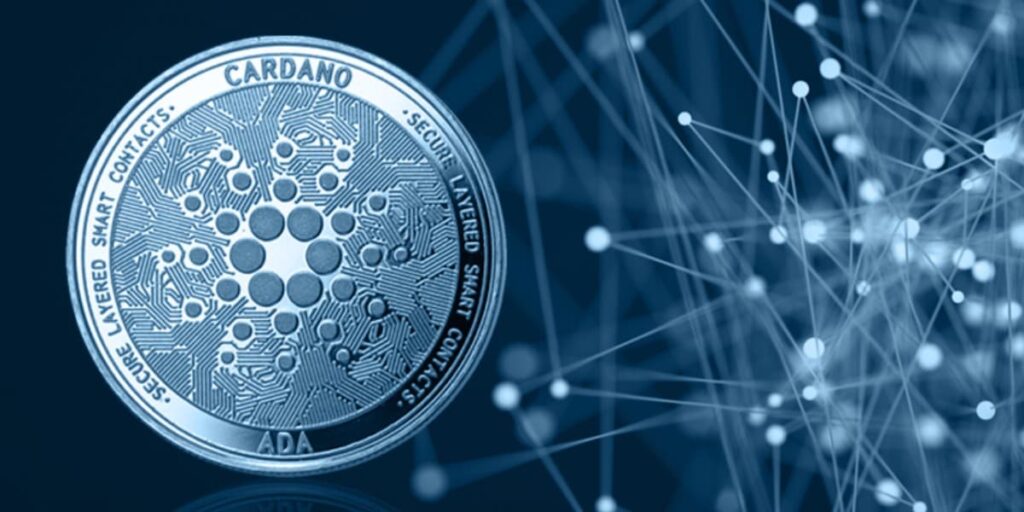Cardano’s POS transition means more than just better energy efficiency

The CEO of Cardano explains how his PoS protocol lowers the barriers to entry to join the network and create your own tokens. Cardano’s Ouroboros PoS protocol efficiently handles voting and governance while providing the security and anonymity needed by the individual.
More and more blockchains are using Proof-of-Stake (PoS) consensus mechanism instead of Proof-of-Work (PoW). The extreme reduction in energy consumption is the main reason for this.
In their recent blog post, the Cardano team explains why the benefits of the PoS consensus mechanism go far beyond energy consumption. Frederik Gregaard, CEO of the Cardano Foundation, explains that when choosing a blockchain around the world, increasing attention is paid to the quality of privacy, transparency, security and trustworthiness “.
Gregaard explains the benefits of the PoS mechanism beyond the energy factor. He says that the main advantages of Cardano’s proof-of-stake lie in lowering the barrier to entry for interacting with the network and that it is now comparatively easy to run a stake pool with Cardano.
All that is required is a basic hardware setup, a server operating system, and server administration skills. With some operational and development experience, one can get started with Cardano’s native token ADA. The decentralization of the Cardano PoS blockchain is naturally higher, the larger the number of node operators.
The advantages of the Cardano PoS protocol
Ourobors, Cardano’s native PoS protocol uses an algorithm that makes it impossible to predict the block producer. This is a big difference from the PoW mechanism, where the first miner to solve the mathematical equation also validates the transactions. Gregaard explained;
“It is virtually impossible to determine which pool will produce a block and when it will do so. Consequently, the pools operating within the system are less vulnerable to attacks since PoS’s random number generator controls the selection of block producers.”
The Cardano protocol handles the distribution of rewards. In addition, the Cardano blockchain gives each entity the ability to produce tokens in the system and weight their voting rights.
There are currently three types of voting mechanisms on the Cardano blockchain: unweighted voting, weighted voting, and free voting. With unweighted voting, everyone in the system gets only one vote. Weighted voting is based on how many tokens a person owns. With free voting, everyone has the opportunity to assign their vote to other members of the system. a variation of free voting is blind voting, which allows a person to vote anonymously without revealing their identity. Gregaard adds:
“Cryptographic privacy solutions, including zero-knowledge proofs, are setting the stage for more transparent, inclusive forms of governance for all stakeholders in this space.”



